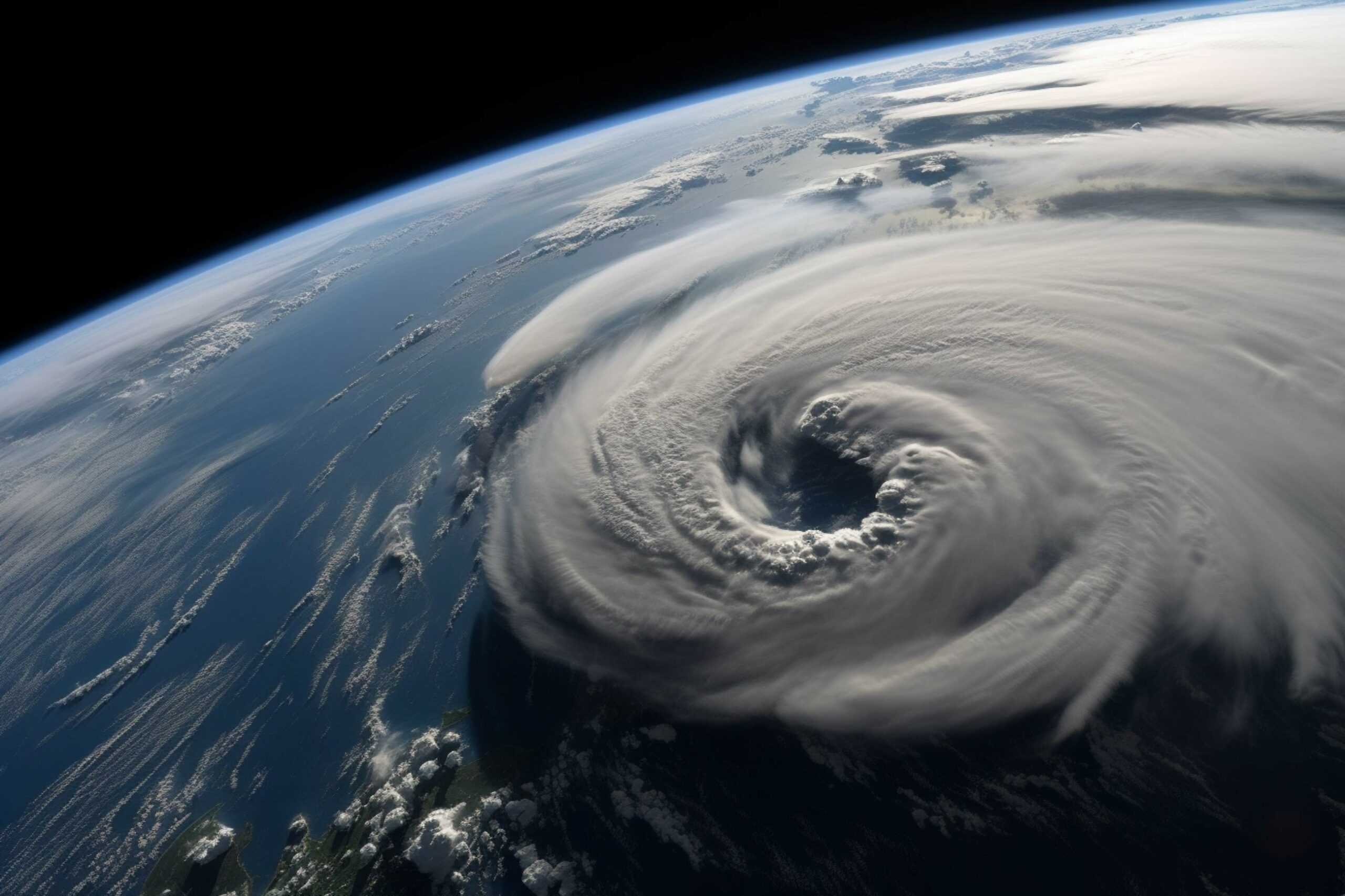
Heavy Rain, Flooding, and Chance of Severe Weather Staring Down the Southern U.S.
January 22, 2024
Posted: October 13, 2023 9:00 am





While most people associate hurricane season with the late summer and early fall time period, October is actually when some of the most destructive tropical weather events have roamed the Atlantic basin. What is it about this month that provides such a fertile breeding ground for powerful hurricanes? Here is some insight into the climatological features during this month of the year.
Where Tropical Weather is Most Likely to Form in October
Forecasters with the National Hurricane Center (NHC) are typically kept on their toes this time of the year as the Atlantic hurricane season marches forward. October has ranked third on the list of most active months for tropical weather in the Atlantic Ocean over the years, coming in behind August and September.
What makes October different than other months is how these storms generally come to life. While there is still a good amount of activity, there is also a change in where the tropical weather events develop in the basin.
Ocean water temperatures are still generally warm in October as it takes some time for the cooler air to infiltrate and impact these readings. This is why tropical weather formation is still in the cards into November.
Large bodies of water warm up and cool down at a slower rate when compared to land. This gives the Atlantic Ocean and adjacent Caribbean Sea and Gulf of Mexico more time to retain the heat provided by the warm summer sun. These lingering warm ocean waters is why the peak of hurricane season does not fall until the middle of September when temperatures over land are already beginning to cool.
When you understand how sea surface temperatures impact the development of tropical weather, it starts to make sense that October would be a common month for these weather events. The ocean heat content is an integral ingredient needed to create and sustain hurricanes.
The number of tropical weather events that form in the Atlantic tends to decrease as the month of October goes on. This is particularly true for the eastern and central portions of the basin. However, the western Atlantic, the Caribbean Sea, and the Gulf of Mexico still support this development thanks to their warm waters.
The amount of wind shear present around a tropical weather event is also a significant influence. The months of August and September typically bring less disruptive winds. These winds start to pick up throughout October, working to stymie development heading into November.
Past October Hurricanes
Some of the most destructive and costly hurricanes have hit the U.S. during the month of October. Most notable on this list are Hurricane Michael in 2018 and 2020’s Hurricane Delta.
While not an official hurricane, nobody on the East Coast will soon forget the impacts of Superstorm Sandy in 2012. Sandy was responsible for at least 159 confirmed fatalities across the mid-Atlantic and the Northeast. The storm carved a path that led to over $70 billion in damages, one of the costliest natural disasters in the history of the nation. The majority of the damages came at the hands of the widespread storm surge flooding.
Florida is particularly susceptible to being in the crosshairs of hurricane strikes in October. This is because the ocean waters surrounding the peninsula are exceptionally warm when compared to other parts of the basin. The Sunshine State has sustained about one dozen major hurricanes, defined as Category 3 or higher, during October since the time that records began in 1851. This number puts it top on the list of states to experience October hurricane landfalls.
In fact, the strongest Atlantic hurricane on record made landfall in Florida in 2005. Hurricane Wilma got its start in the warm waters of the Caribbean Sea, undergoing the process of rapid intensification and hitting the status of a Category 5 storm with winds of 185 mph.
Wilma had weakened to a Category 3 storm prior to making landfall, however, it still killed over 20 people after it came onshore in Cape Romano in the southwestern corner of the state. The storm is listed as the ninth-costliest tropical weather event in U.S. history.
Did you find this content useful? Feel free to bookmark or to post to your timeline for reference later.

January 21, 2024

January 19, 2024

January 18, 2024